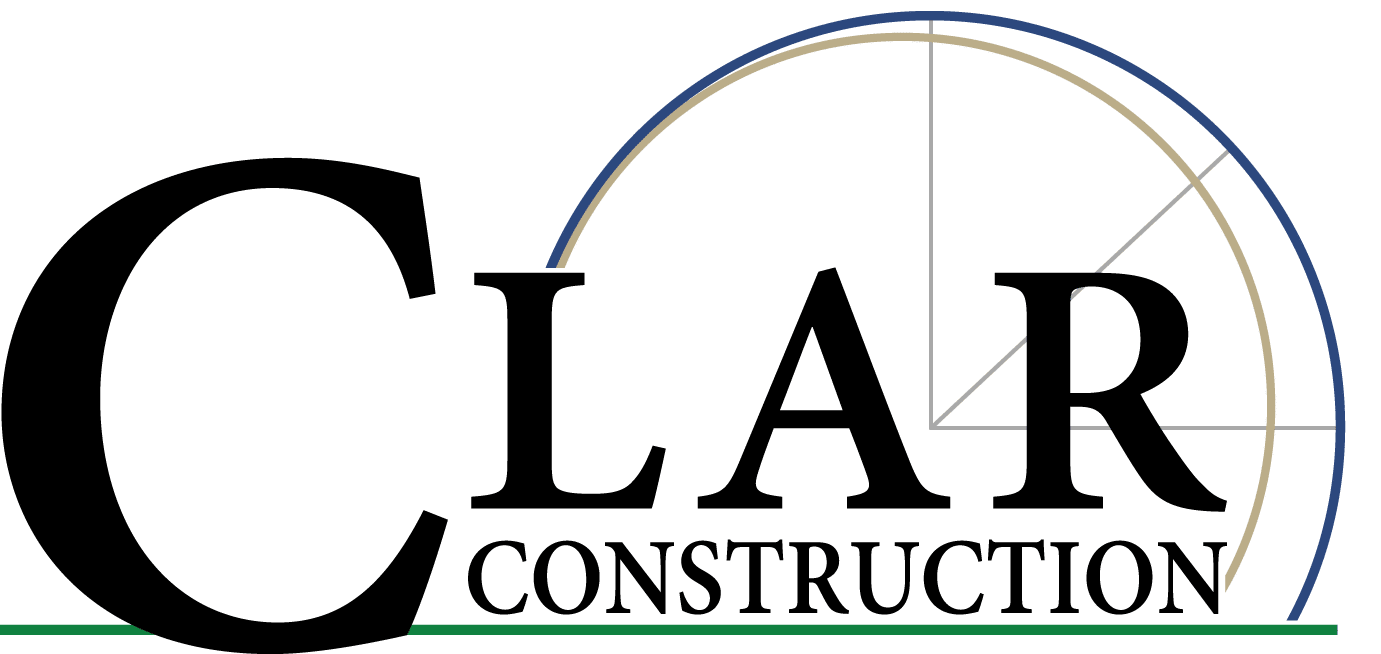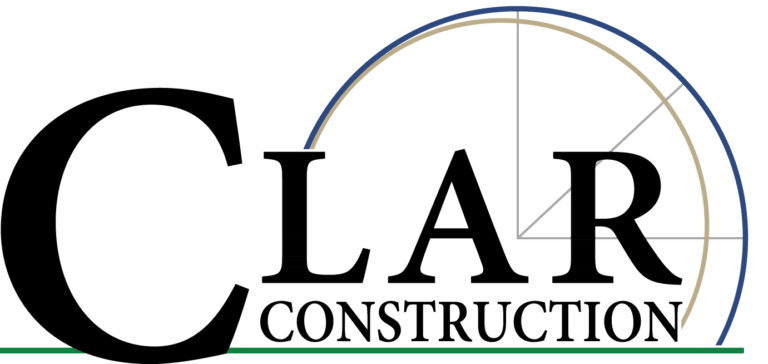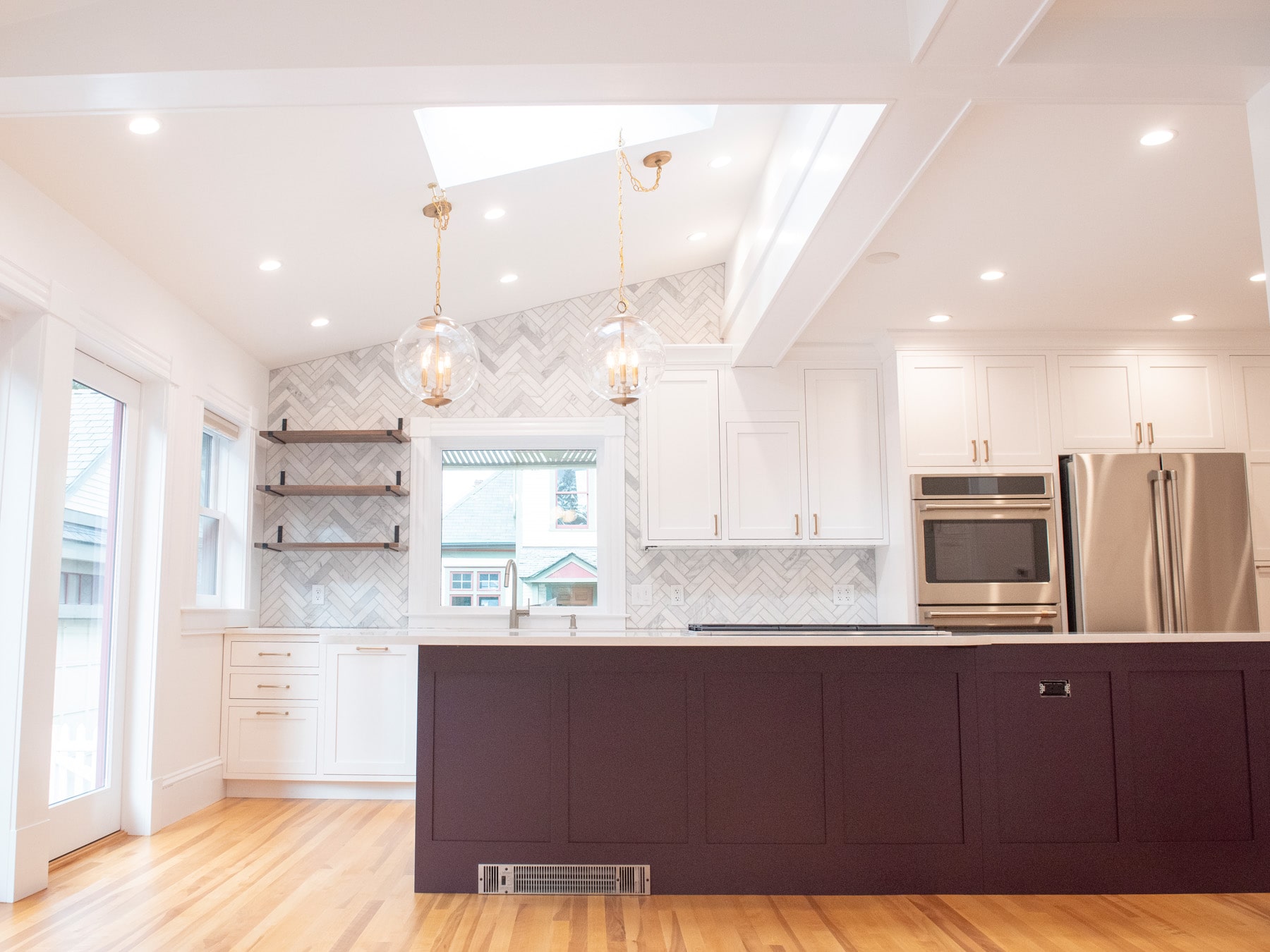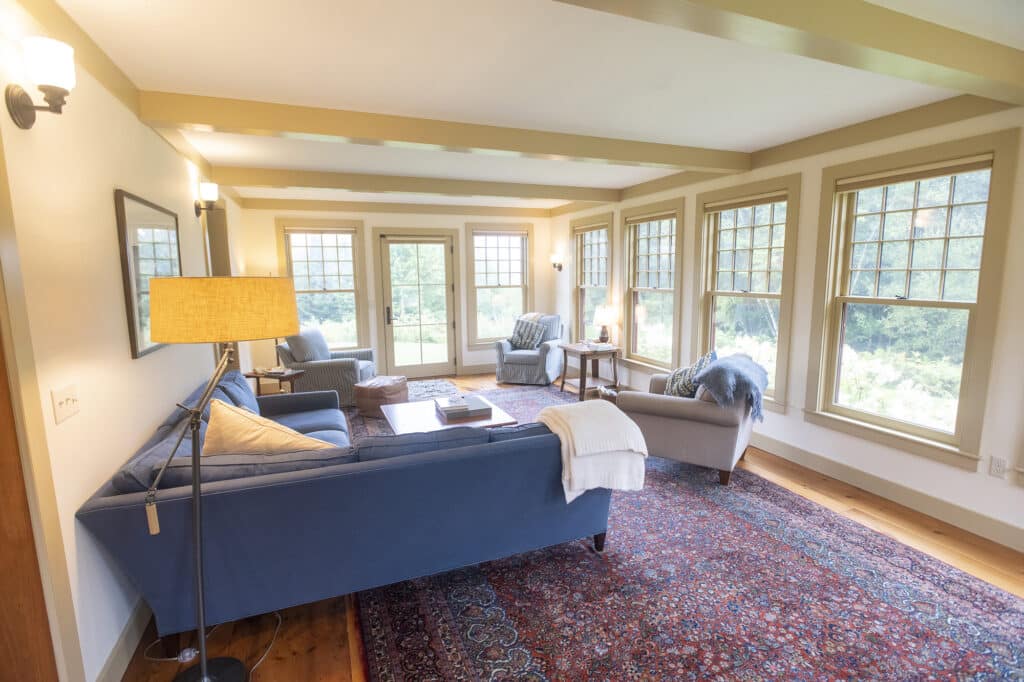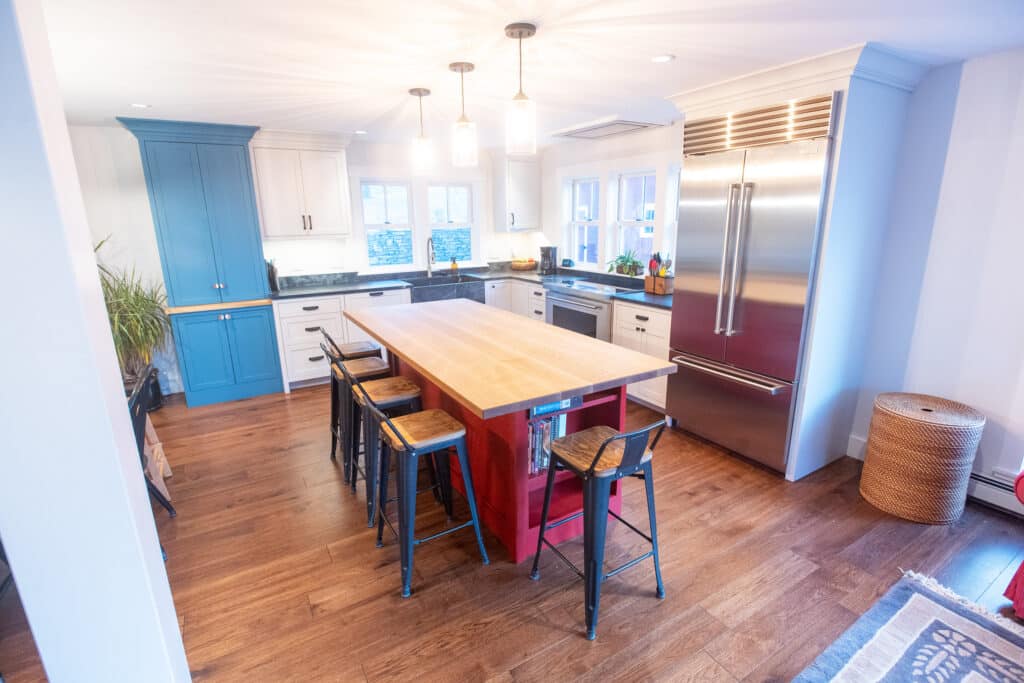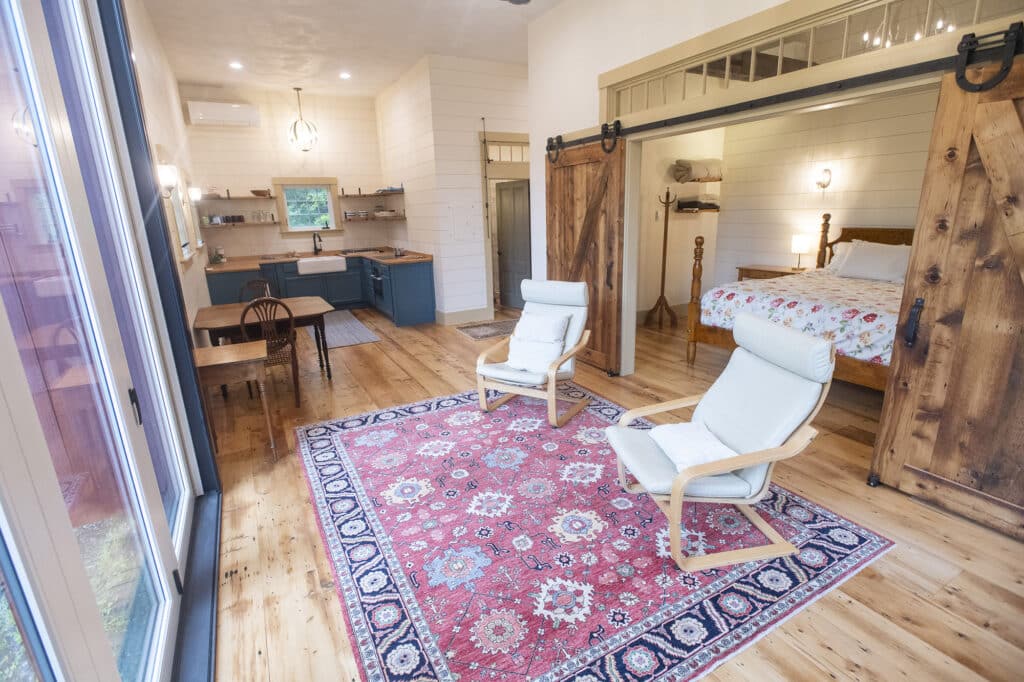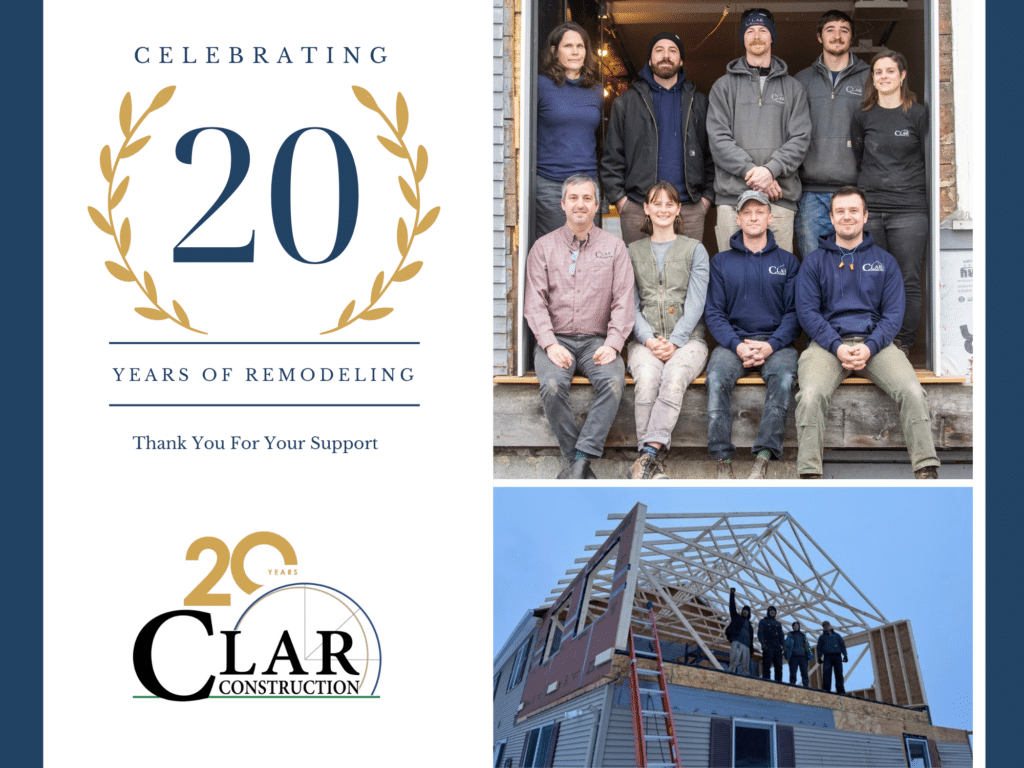There’s something undeniably special about historic homes, the way they tell stories from generations past, their timeworn textures, and the craftsmanship you just don’t typically see in modern construction. In Vermont, homes built a century or more ago are fairly common, from in-town Victorians to countryside farmhouses, each one brimming with character and the legacy of place.
But charm alone doesn’t make a house livable.
Many older homes weren’t built with today’s standards for comfort, energy efficiency, or modern lifestyles. They may have outdated layouts, aging infrastructure, and drafty windows. Likely, they have all three, and more!
At Clar Construction, we specialize in helping Vermont homeowners reimagine their historic homes, carefully balancing preservation with thoughtful modernization. Our design-build team brings decades of experience restoring and remodeling older homes, always with an eye toward craftsmanship, continuity of details, and comfort.
In this blog, we’ll walk you through what it takes to transform a historic house into your forever home. Whether you’re just starting to dream or ready to begin, we hope this guide inspires you to see what’s possible.
Why Historic Homes Make Beautiful Forever Homes
There’s something undeniably special about a historic home. It’s more than just a roof and walls, it’s a piece of living history. From hand-carved moldings to original wide-board floors, these homes are filled with architectural details that you simply can’t find in modern construction. The materials tend to be higher quality, the craftsmanship more deliberate, and every room tells a story.
That sense of legacy is what draws many people in. Owning a historic home means becoming part of its ongoing story—adding your chapter while respecting the ones that came before.
In places like Montpelier and throughout central Vermont, these homes are often part of tight-knit neighborhoods or family-owned land that’s been passed down through generations. Renovating a historic home isn’t just about making it more livable—it’s about preserving a connection to the community and the region’s rich architectural heritage.
With the right team and a thoughtful plan, those old bones can become the foundation for a forever home that’s both deeply personal and deeply rooted.
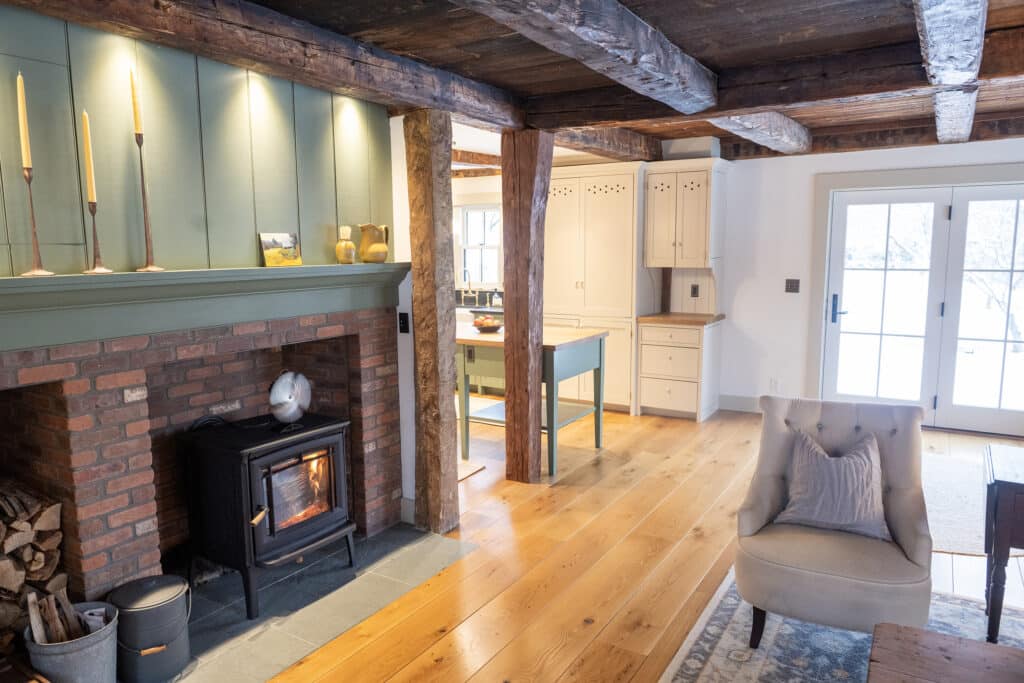
Key Considerations Before You Start a Historical Home Renovations
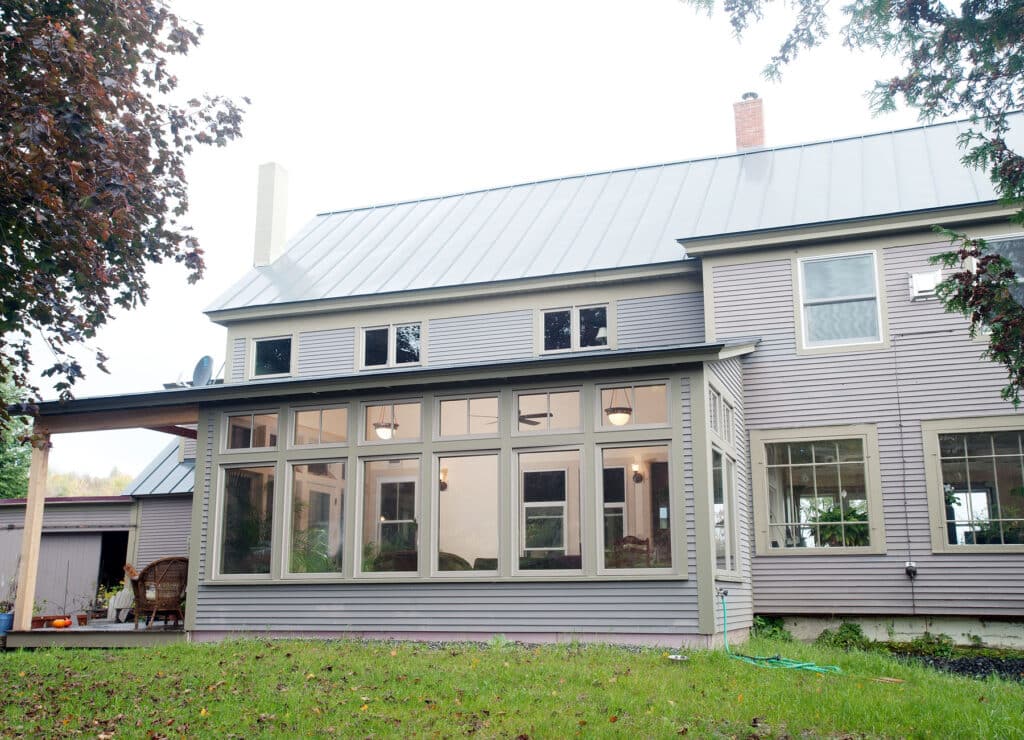
Before starting a historic home renovation, it’s important to start with a clear understanding of what you’re working with and what you’re working toward. Older homes are full of surprises, and thoughtful planning up front can make all the difference in creating a smooth, successful project.
1. Structural Assessment: Know What’s Under the Surface
The first step in any historic renovation is taking a close look at the home’s structure. Foundations, framing, roofing, and support systems may have aged or shifted over time. Some materials, like old-growth timbers or stone foundations, are incredibly durable—but even they need evaluation.
A professional assessment helps identify what’s solid, what needs reinforcement, and where hidden issues (like rot or insect damage) might be lurking. At Clar Construction, we have decades of experience that helps us identify these potential challenges and we can work alongside trusted engineers to get a full picture before design even begins.
2. Code Compliance: Know Your Local Rules and Historic Guidelines
In Vermont, many historic homes fall within designated districts or have certain protections in place. That means any renovation, especially exterior changes may need to meet local preservation standards or go through a review process.
Zoning, building permits, and energy codes also come into play. Our team understands the nuances of working in Montpelier and other central Vermont communities, and we’ll help guide you through the necessary approvals while advocating for your vision.
3. Budgeting Realistically: Planning for the “Known Unknowns”
It’s no secret: renovating an old home often comes with surprises. You might uncover knob-and-tube wiring, hidden water damage, or structural modifications from decades past.
That’s why it’s essential to build in a contingency budget—typically 10–20%—to handle the unexpected. At Clar Construction, we provide clear project scopes, pricing, and transparent communication so you can plan wisely and avoid unnecessary stress.
4. Energy Efficiency Upgrades: Modern Comfort Without Compromise
Historic homes in Vermont weren’t built with today’s energy standards in mind, but that doesn’t mean they can’t be comfortable and efficient. We specialize in discreet upgrades that preserve the home’s character while dramatically improving performance.
Think: spray foam, cellulose, or batt insulation tucked behind plaster, high-efficiency heating systems hidden in basement mechanical rooms, or new windows that blend in seamlessly with original sashes. The result? A home that’s cozy, efficient, and still looks like it belongs in its time.
How to Choose Appropriate Materials for Restoration Projects
Material selection is one of the most important aspects of restoring a historic home. Each decision carries weight, influencing both the appearance and performance of your renovation. At Clar Construction, we approach material choices with respect for the home’s heritage and an eye toward lasting results.
Whenever possible, we preserve or reuse these materials—not just for authenticity, but because they tend to outlast newer, mass-produced alternatives.
When new materials are necessary, we look for those that align in tone, texture, and technique with the originals. For example:
- We might select locally milled wood to match the grain and species of existing trim.
- We often use our wood shop to replicate architectural details that seamlessly match the original details
- For exterior work, we carefully match siding profiles, shingle patterns, and masonry styles to blend seamlessly with the home’s original façade.
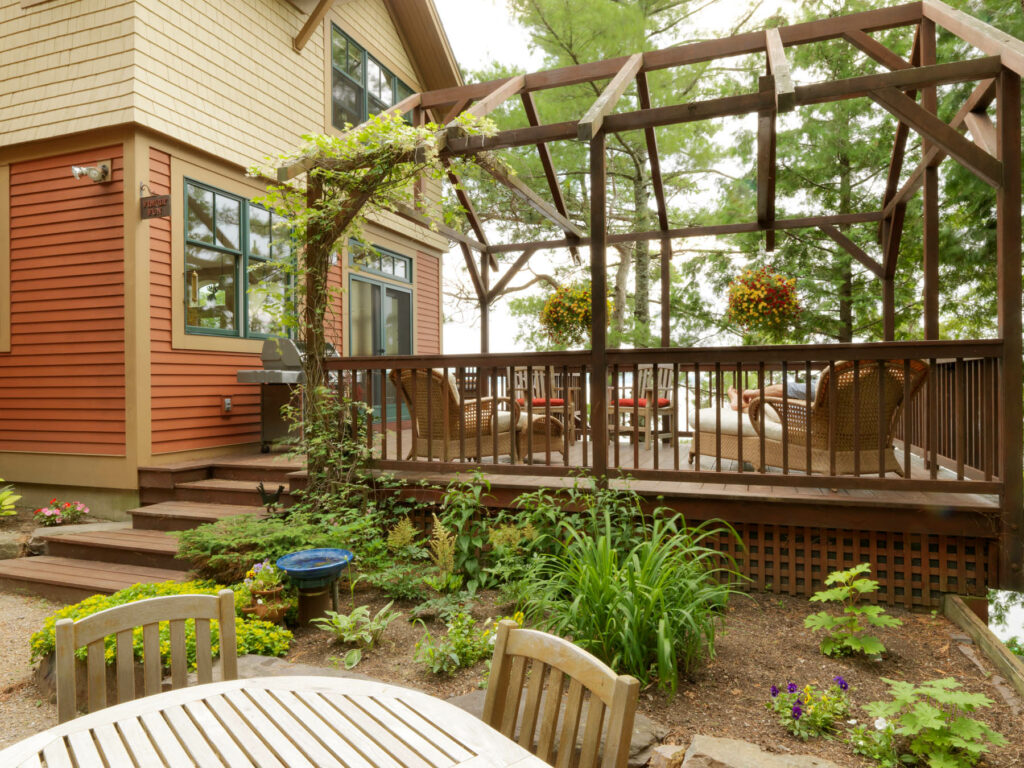
At the same time, we embrace high-performance modern materials where they add real value—like weather-resistant underlayments, advanced insulation, or engineered lumber that strengthens the structure while reducing waste. The key is to integrate these innovations in ways that don’t clash with the historic aesthetic.
Our goal is to enhance the home’s livability and longevity without erasing its identity. With thoughtful choices and a skilled hand, we help homeowners achieve that ideal balance: honoring the past while preparing the home for the future.
How to a Do Historic Home Renovation That Preserves Its Character
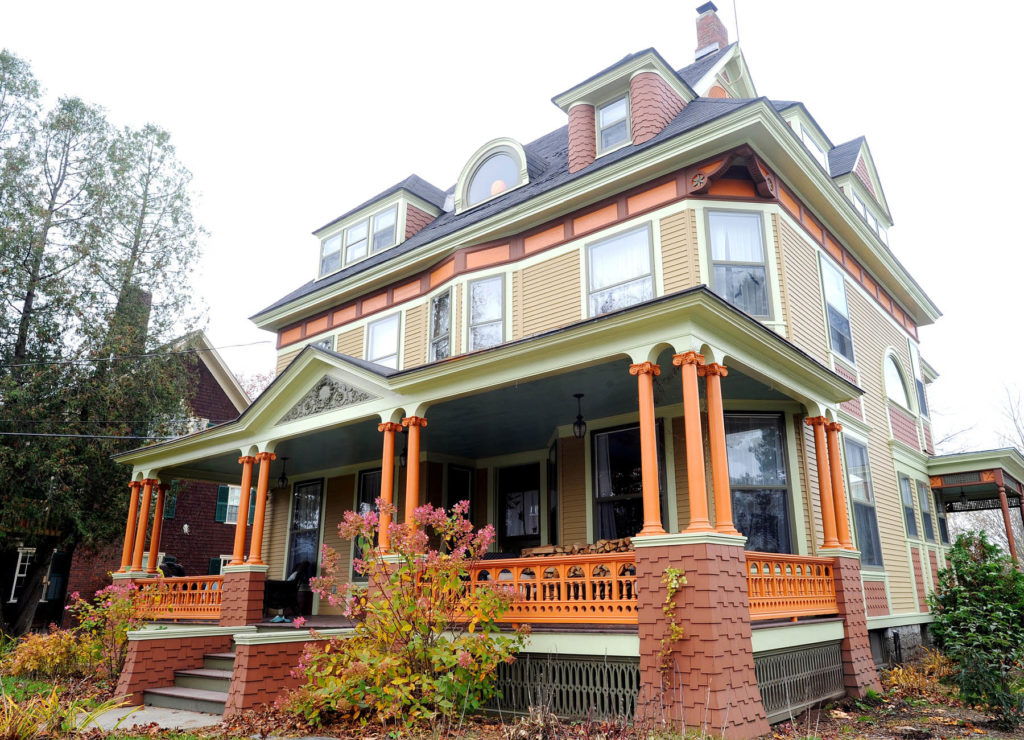
Renovating a historic home requires more than technicality, it calls for an understanding of how to blend legacy with livability. At Clar Construction, we’ve found that the most successful renovations honor a home’s story while reimagining it for the future. Here are a few key principles that guide our approach to historic home transformations.
1. Respect the Layout, But Improve the Flow
Many older homes were designed with compartmentalized rooms and formal divisions—parlors, sitting rooms, back staircases—each with its own purpose and charm. While these spaces offer historical interest, they don’t always align with modern preferences for openness and connectivity.
Rather than stripping out walls wholesale, we look for subtle ways to improve flow—widening doorways, adding thoughtful transitions, or opening up secondary areas—so the home feels more welcoming and usable, while still retaining the architectural rhythm and hierarchy of the original layout.
2. Upgrade Kitchens and Baths Without Losing Their Soul
Kitchens and bathrooms are often the most outdated spaces in historic homes, and also the most essential for modern living. We approach these areas as opportunities to create comfort and convenience without losing the integrity of the home’s character. That might mean incorporating custom cabinetry that mirrors original millwork, integrating concealed modern appliances, or selecting finishes that echo early 20th-century styles. Our goal is to design spaces that feel like they belong—functional, beautiful, and in harmony with the surrounding architecture.
3. Blend Accessibility with Aesthetics
If your historic home is your forever home, it should support your needs now and well into the future. Aging-in-place features—like wider doorways, zero-threshold showers, lever-style hardware, and improved lighting—can be integrated subtly and seamlessly into the design.
We take care to ensure that these practical upgrades feel like a natural extension of the home, rather than an afterthought, allowing you to enjoy a safe, stylish, and adaptable space for years to come.
4. Prioritize What Matters Most
Historic homes are full of unique elements that tell the story of their past—hand-hewn beams, original plaster walls, antique doors, and lovingly worn floorboards. During the renovation process, we carefully evaluate which features can be restored and which areas may benefit from thoughtful updates.
We focus on preserving the craftsmanship and soul of the home wherever possible, while enhancing functionality and comfort in ways that support how you live today. It’s about honoring the home’s history, not rewriting it.
5. Think Long-Term and Take It One Step at a Time
A well-done historic renovation is rarely rushed. These projects often involve discoveries behind walls, evolving goals, and craftsmanship that takes time. That’s why we emphasize a patient, step-by-step approach—one that’s grounded in thoughtful planning, clear communication, and a long view.
Tips for a Smooth Historical Home Renovation Journey
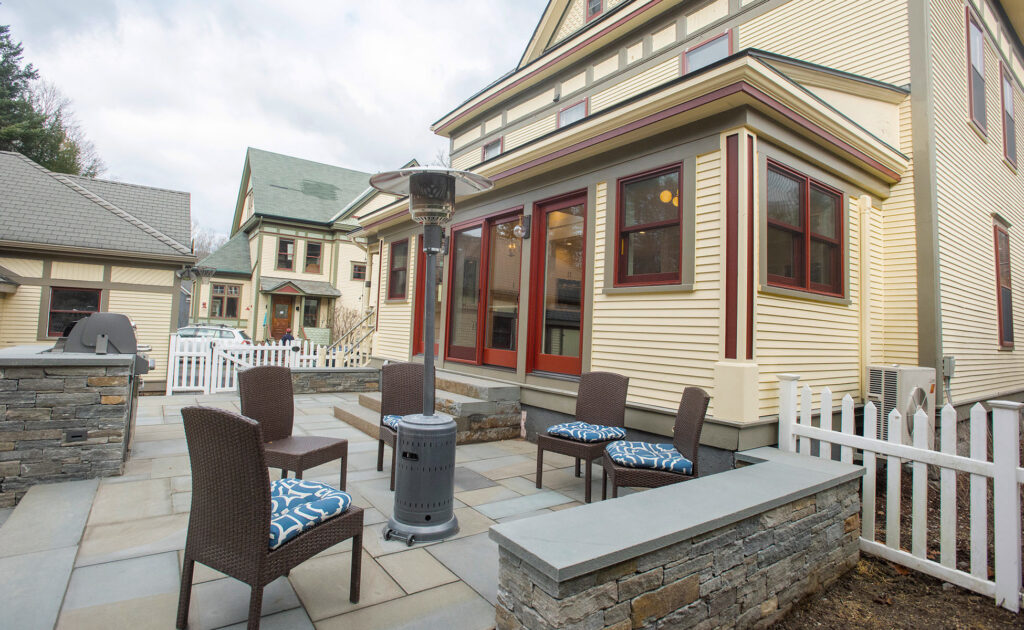
Renovating a historic home is an exciting and meaningful experience—but it’s also a journey that comes with its own set of challenges. The good news? With the right mindset (and the right team), you can enjoy the process and end up with a home that’s more beautiful, comfortable, and personal than you imagined.
Here are a few tips we’ve learned over years of working on Vermont’s most charming older homes:
1. Choose a Contractor with Historic Home Expertise
Not all contractors are the same—and when it comes to older homes, experience matters. Historic renovations require a deeper understanding of traditional building techniques, local preservation rules, and how to bring old materials up to modern standards without compromising the home’s character.
At Clar Construction, this is where we shine. We’ve been remodeling historic homes across central Vermont for over two decades. From navigating complex wood trim details to working within historic districts, we know how to respect the past while building for the future.
2. Embrace the Quirks: They’re Part of the Charm
No historic home is perfectly square or level—and that’s part of what makes them special. You might find sloped floors, out-of-plumb walls, or hand-cut nails from 100 years ago. Instead of trying to erase every irregularity, we encourage homeowners to embrace these quirks. They tell the story of the home and add to its authenticity.
That said, we’ll work with you to find the right balance—smoothing out what needs to be fixed while preserving the elements that give the home its one-of-a-kind character.
3. Patience Pays Off: Take the Long View
Historic renovations take time. There may be surprises behind the walls, delays on custom materials, or decisions that take longer because we want to get the details just right. That’s all part of the process.
But when you look at the big picture—restoring a home that’s already stood for a century so it can serve your family for decades to come—it’s worth every step. A thoughtful renovation done with care and intention will reward you with a forever home that feels just right, and one that honors the legacy of the place.
Historic Home Craftsmanship That Respects the Past and Serves Your Future
Our carpenters, woodworkers, and project leads take real pride in their work. We’re not just updating a home—we’re preserving its story while helping it meet the needs of today and tomorrow.
That could mean carefully restoring a damaged plaster wall, crafting custom cabinetry to match original millwork, or seamlessly integrating modern comforts like radiant heat or energy-efficient windows. Every detail matters, and we approach each one with care and respect—for the home, for your goals, and for the generations who may live there after you.
We believe the best renovations come from true teamwork. That starts with listening closely to you—what you love about your home, what’s not working, and what you hope it could become.
We also work hand-in-hand with local architects, engineers, and preservation professionals who bring valuable insight into Vermont’s historic homes and neighborhoods. Whether we’re sourcing period-appropriate materials or navigating local historic district approvals, we bring the right people to the table and keep everyone moving in the same direction.

Conclusion
A historic home is more than just a structure—it’s a legacy. It holds the stories of generations past and offers the opportunity to shape a future that’s uniquely your own. With the right approach, you don’t have to choose between old and new, charm and comfort, tradition and modern living. You can have all of it—when it’s done with care, craftsmanship, and intention.
At Clar Construction, we’ve spent over 20 years helping Vermont homeowners reimagine historic properties into warm, welcoming forever homes. We understand what makes these homes special, and we’re passionate about preserving their character while ensuring they meet the needs of today—and tomorrow.
If you’re ready to bring new life to your historic home, we’d love to be part of your journey.
Let’s talk about your vision.
Give us a call or reach out to schedule a consultation.
Or take a look at our home renovation portfolio to see how we’ve helped other homeowners across Central Vermont transform their homes with respect, craftsmanship, and heart.
